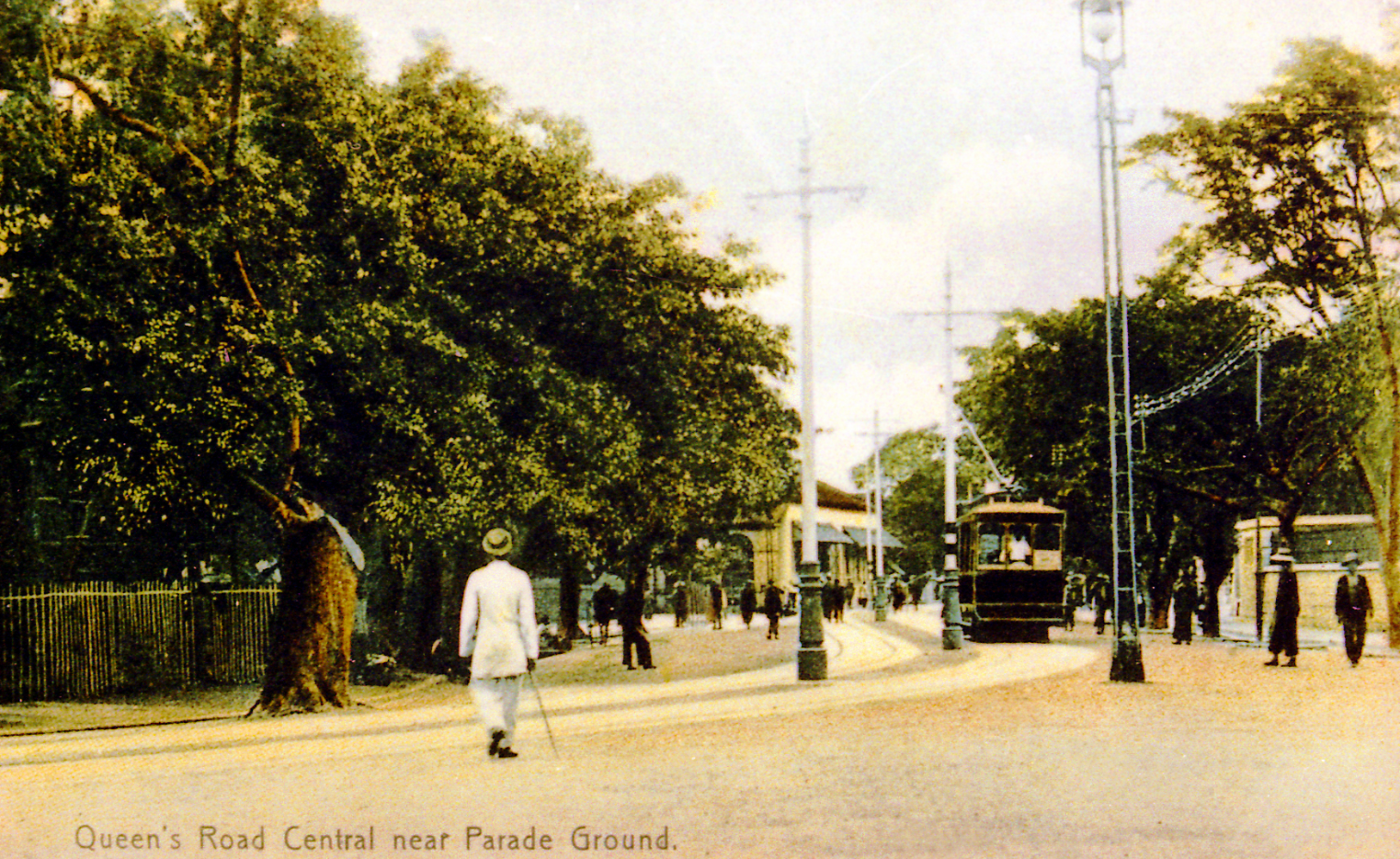"Ding Ding (叮叮)" is more than a delightful sound in Hong Kong; it signifies the city's charming and historic tram system. First introduced in 1904, the tramways have been a part of over a century of transformation on Hong Kong Island.
The Starting of Ding Ding
The tram service was initially established by the Hongkong Tramway Electric Limited, now known as Hong Kong Tramways Company Limited 香港電車有限公司, in 1901. The original single-deck cars were replaced by double-deck trams in 1912 due to rising passenger demand. Over time, the service underwent various modifications, shaping the tramways circuit familiar to residents and tourists today.

Fare and Recommended Route
The tram service remains an affordable transport option, with a ride costing only HKD 3 for adults, HKD 1.5 for children, and HKD 1.3 for seniors. The unique journey begins by boarding the tram from the rear entrance and disembarking from the front. Fares are paid upon getting off the tram, ensuring a smooth and cost-effective travel experience.
For a captivating glimpse of Hong Kong, tourists are advised to start the journey from Western Market, heading east towards North Point. This route covers the city's different districts, concluding at Chun Yeung Street where pedestrians, market stalls, and trams share the same road!

Enjoy the Tramoramic Tour!
The 'tramoramic tour' is an excellent way to explore the city. This guided sightseeing journey runs from the Western Market Terminus to the Causeway Bay Terminus, taking in bustling streets, historic buildings, and modern skyscrapers. The tour costs HKD 150 for adults and HKD 95 for children, and includes a two-day pass for unlimited access to the tram network.
For a more economical alternative, try catching tram number 120. As the oldest serviced tram in the fleet, it offers a similar experience to the 'tramoramic tour'. However, finding it requires a bit of luck!
Hong Kong's trams offer not just a ride, but a journey through time, weaving the city's past and present into a unique narrative. Whether on a short ride or a comprehensive tour, the tram promises a taste of Hong Kong's vibrant culture and history.










